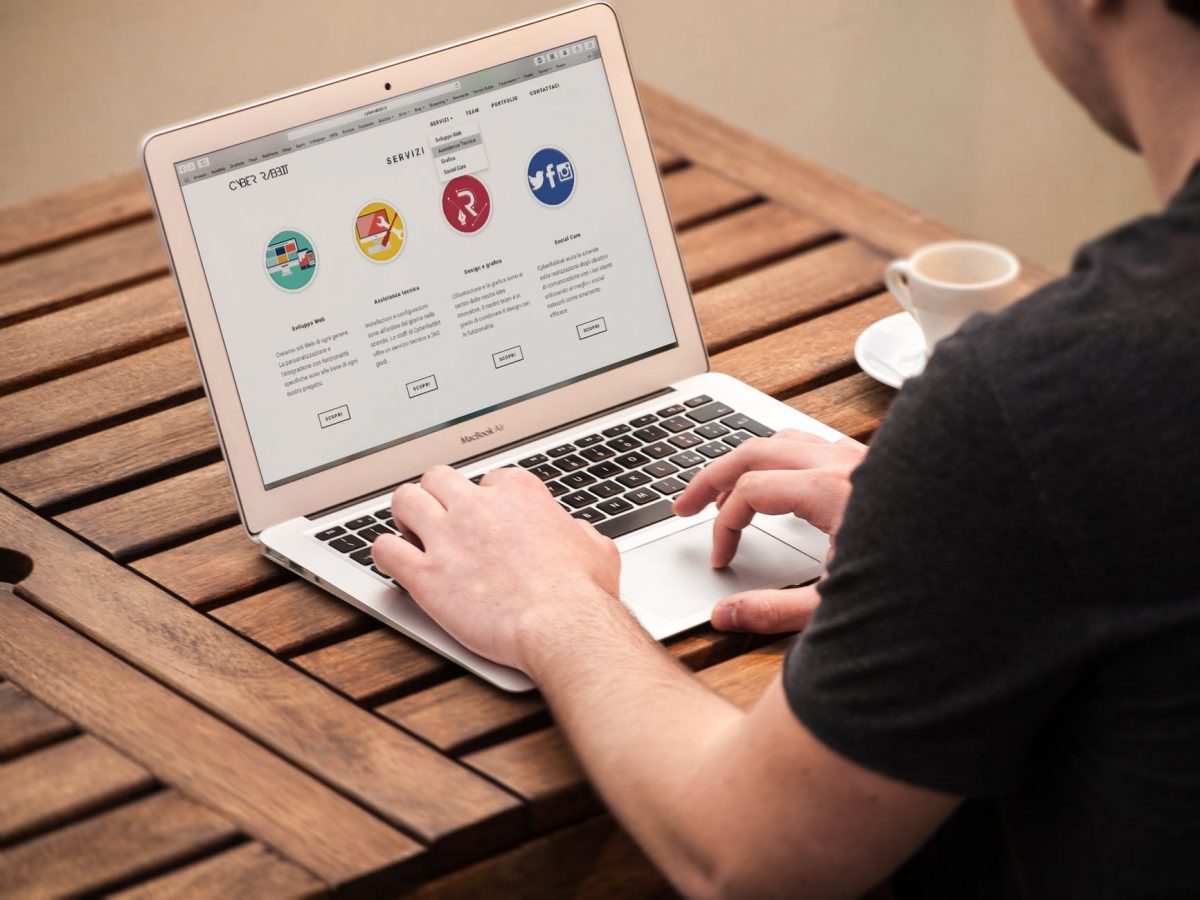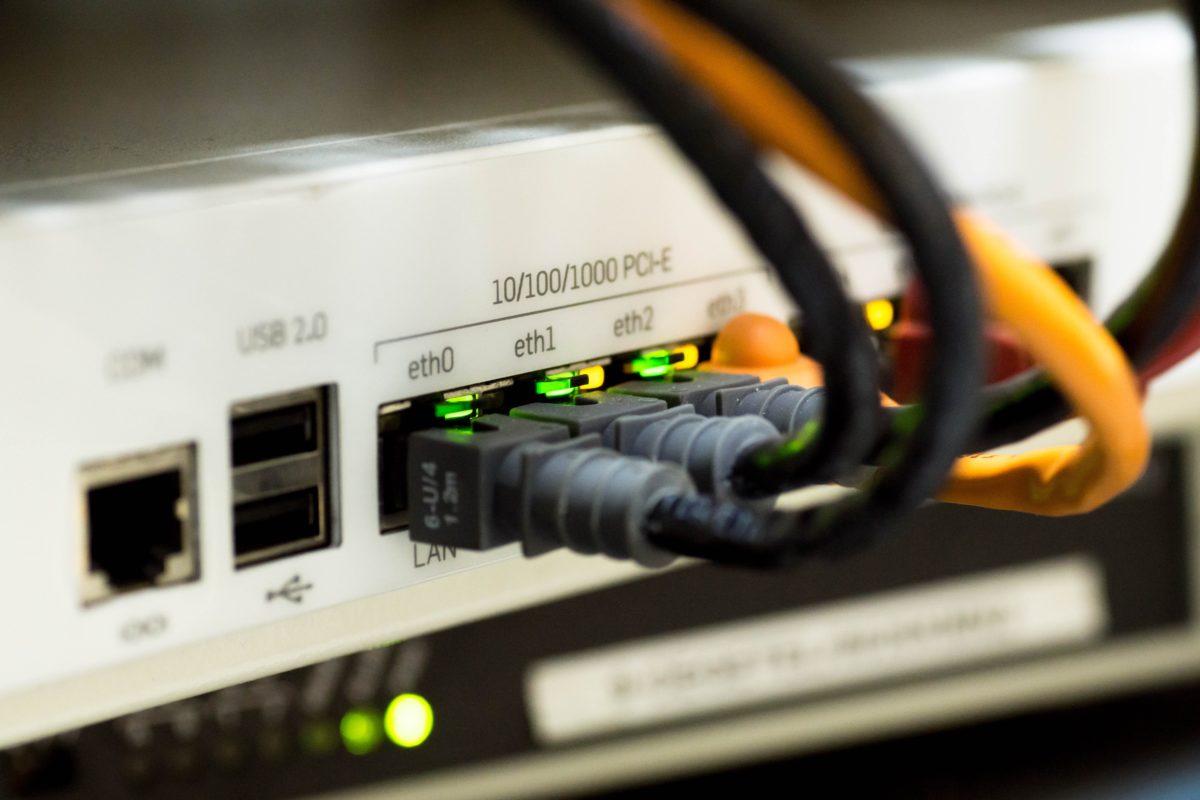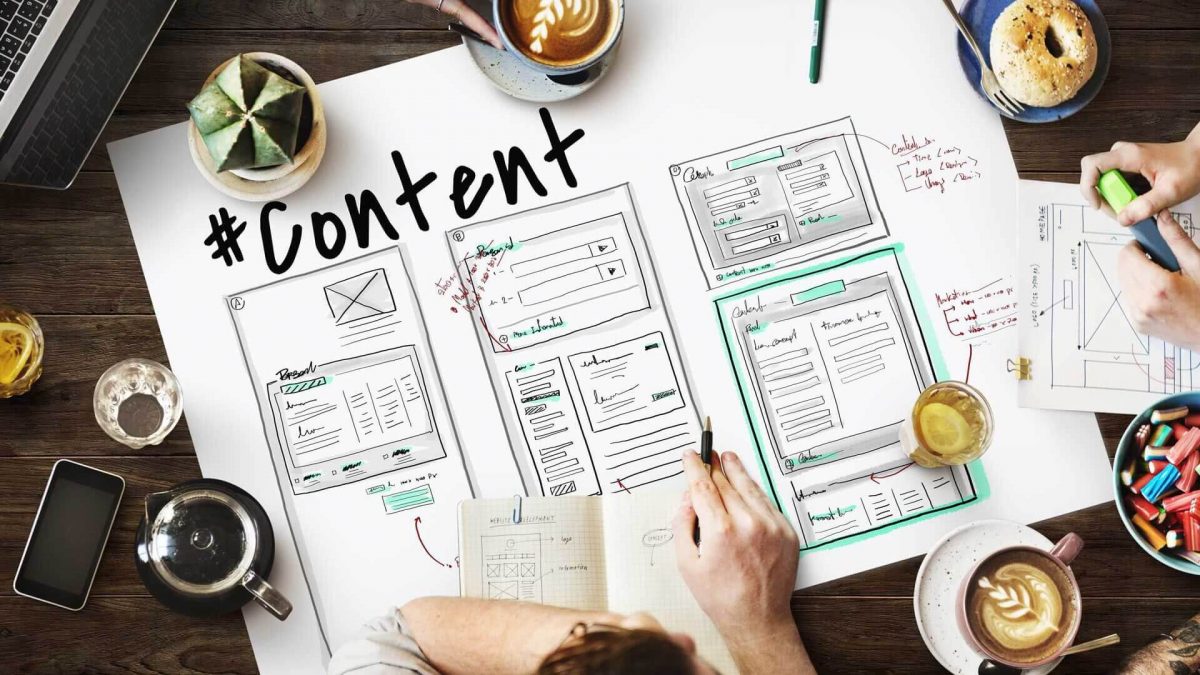
Essential Tools for Efficient Warehouse Management
Efficient warehouse management is crucial for businesses to maintain a smooth supply chain, reduce operational costs, and enhance customer satisfaction. With the increasing complexity of logistics, adopting the right tools can significantly improve productivity, minimize errors, and streamline operations. This article explores the essential tools that every modern warehouse should consider to achieve optimal efficiency.
Warehouse Management Systems (WMS)
A Warehouse Management System (WMS) is the cornerstone of efficient warehouse operations. It provides real-time visibility into inventory levels, order tracking, and stock locations, ensuring seamless coordination between various processes.
Key Benefits:
- Inventory Accuracy: A WMS reduces errors in inventory counts by automating stock updates and tracking inventory movement.
- Enhanced Productivity: With features like task prioritization and route optimization, a WMS enables workers to pick, pack, and ship faster.
- Scalability: A robust WMS adapts to the growth of your business, accommodating increasing volumes and complexity.
Popular WMS solutions include Oracle NetSuite WMS, SAP Extended Warehouse Management, and Blue Yonder.
Barcode and RFID Technology
Barcode scanners and RFID (Radio Frequency Identification) systems are indispensable tools for improving inventory accuracy and tracking. These technologies streamline data collection and minimize human errors.
Advantages of Barcode Systems:
- Quick scanning for product identification.
- Cost-effective implementation and maintenance.
- Real-time updates to inventory systems.
RFID Benefits:
- Enables bulk scanning, reducing processing time.
- Tracks inventory in real-time, even from a distance.
- Helps prevent theft and loss by monitoring item movement.
RFID technology is particularly useful in larger warehouses with high-value or perishable inventory.
Automated Storage and Retrieval Systems (AS/RS)
Automated Storage and Retrieval Systems (AS/RS) are revolutionizing warehouse management by automating the storage and retrieval of goods. These systems include cranes, conveyors, and shuttles that transport items to and from storage locations.
Why Invest in AS/RS?
- Space Optimization: AS/RS maximizes vertical and horizontal space, allowing warehouses to store more inventory within the same footprint.
- Labor Efficiency: Reduces the need for manual labor, cutting costs and minimizing errors.
- Speed and Accuracy: Significantly accelerates picking and restocking processes.Inventory Management Software
Inventory management software works hand-in-hand with WMS but focuses more on tracking stock levels, forecasting demand, and preventing overstock or stockouts.
Top Features to Look For:
- Real-Time Tracking: Monitor inventory levels in real time for better decision-making.
- Analytics and Reporting: Generate insights to forecast trends and optimize stock replenishment.
- Integration Capabilities: Seamless integration with WMS, ERP, and eCommerce platforms.
Llumin CMMS is a noteworthy example of inventory management software that supports predictive maintenance and asset tracking.
Picking and Packing Tools
Efficient picking and packing processes are essential for timely order fulfillment. Various tools and technologies can enhance these operations.
Pick-to-Light and Put-to-Light Systems:
These systems use lights and displays to guide workers to the correct items or storage locations, reducing picking errors and increasing speed.
Mobile Picking Devices:
Handheld devices or wearable scanners allow workers to access real-time order details and confirm item selection on the go.
Packing Stations and Automation:
Automated packing solutions, such as carton erectors and sealing machines, streamline the packaging process, ensuring consistency and saving time.
Material Handling Equipment
Material handling equipment plays a vital role in moving goods efficiently within the warehouse. Selecting the right tools depends on the size, weight, and frequency of item movement.
Key Equipment Includes:
- Forklifts and Pallet Jacks: Essential for transporting heavy loads. Electric forklifts are particularly useful for indoor operations due to their low emissions. Partnering with a reliable forklift service ensures these machines remain in optimal working condition, minimizing downtime.
- Conveyor Systems: Automate the movement of goods across different areas of the warehouse.
- Stackers and Reach Trucks: Ideal for organizing and retrieving items stored at higher levels.
Investing in high-quality material handling equipment minimizes physical strain on workers and increases operational efficiency.
Warehouse Analytics Tools
Data analytics tools provide valuable insights into warehouse operations, enabling managers to identify inefficiencies and make informed decisions.
Core Benefits:
- Monitor key performance indicators (KPIs) such as order accuracy, picking rates, and lead times.
- Identify bottlenecks and optimize workflows.
- Enhance demand forecasting with predictive analytics.
Advanced analytics tools, when integrated with WMS or ERP systems, offer a comprehensive overview of warehouse performance.
Security Systems
Securing warehouse premises is essential to prevent theft, vandalism, and unauthorized access. Modern security tools provide advanced protection and monitoring.
Common Security Solutions:
- CCTV Cameras: Provide 24/7 surveillance of the warehouse.
- Access Control Systems: Restrict entry to authorized personnel using keycards or biometric scanners.
- Alarm Systems and Sensors: Detect unauthorized movements or breaches.
Integrating security systems with inventory tracking tools ensures the safety of both assets and personnel.
Employee Training and Management Tools
The effectiveness of warehouse tools largely depends on the skills and knowledge of the workforce. Employee training and management platforms ensure workers are well-equipped to use modern tools and technologies.
Features to Look For:
- Onboarding Modules: Train new employees on warehouse operations and safety protocols.
- Performance Tracking: Monitor worker productivity and identify areas for improvement.
- Gamification: Encourage engagement and motivation through rewards and recognition.
Continuous training minimizes errors and boosts overall efficiency.
Climate Control Systems
For warehouses storing temperature-sensitive goods, climate control systems are indispensable. These systems regulate temperature, humidity, and air quality to maintain optimal storage conditions.
Applications:
- Cold storage for perishable items like food and pharmaceuticals.
- Humidity control for electronics and sensitive materials.
- Energy-efficient systems reduce operational costs while ensuring product integrity.
Mobile Applications
Mobile apps for warehouse management are becoming increasingly popular due to their accessibility and convenience. These apps allow managers and workers to access critical information, perform tasks, and track operations on the go.
Benefits of Mobile Apps:
- Real-time updates on inventory and order status.
- Remote management capabilities for supervisors.
- Improved communication between teams.
Several WMS providers offer mobile-friendly platforms to enhance flexibility and responsiveness.
Sustainability Tools
As environmental concerns grow, warehouses are adopting sustainable practices. Tools that promote energy efficiency and waste reduction not only benefit the planet but also reduce costs.
Examples:
- Solar-powered lighting and HVAC systems.
- Recycling programs for packaging materials.
- Energy-efficient forklifts and equipment.
Implementing sustainability initiatives enhances a warehouse’s reputation and meets regulatory requirements.
Conclusion
Efficient warehouse management relies on a combination of advanced tools and skilled personnel. From WMS and inventory tracking systems to automated handling equipment and sustainability initiatives, each tool plays a vital role in streamlining operations, reducing costs, and improving accuracy. By investing in the right tools and technologies, businesses can transform their warehouses into well-oiled machines, ready to meet the demands of a dynamic marketplace.
Whether you’re optimizing existing operations or setting up a new warehouse, incorporating these essential tools will pave the way for success and long-term growth.





